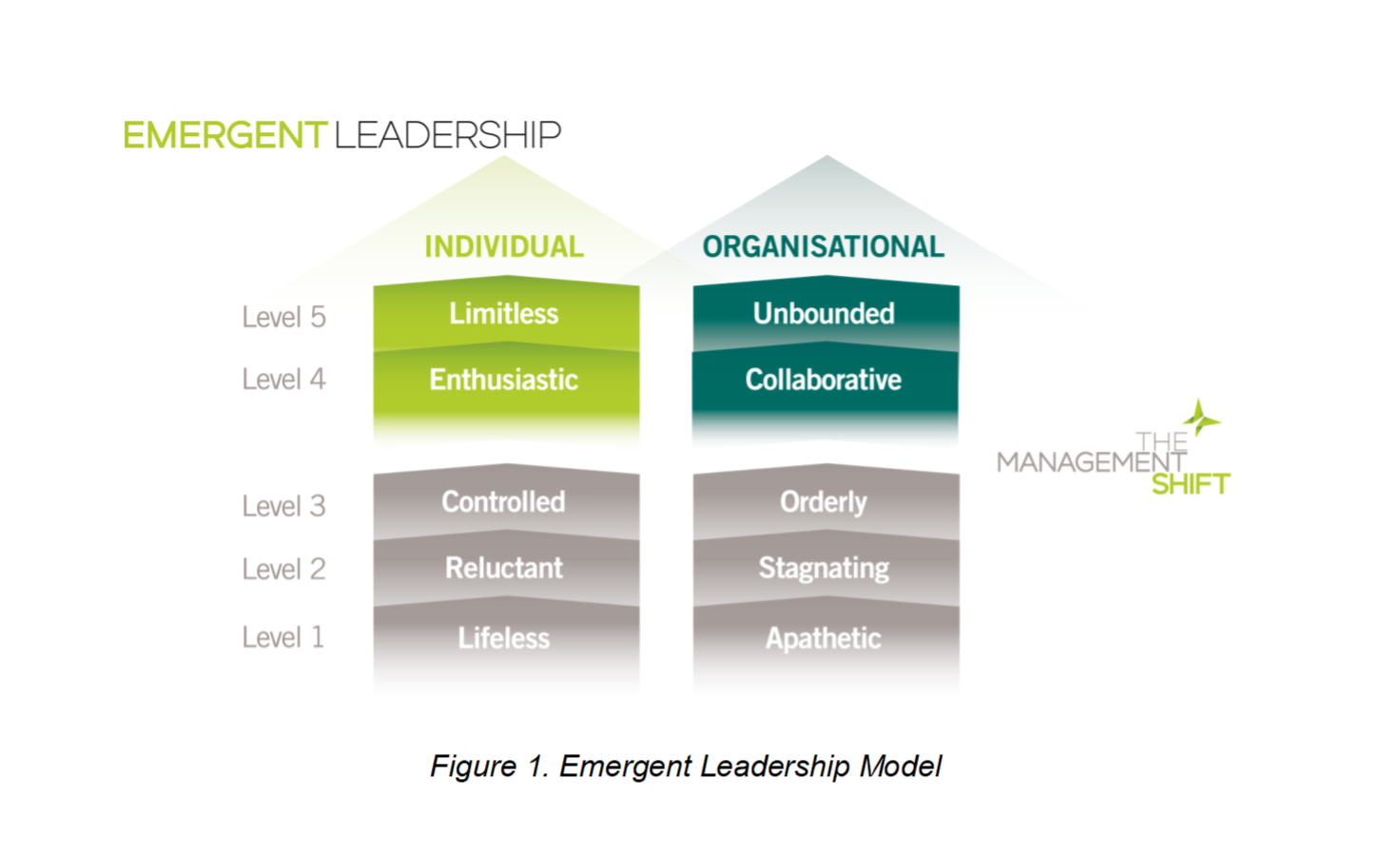Conscious leadership: A better approach to making decisions in difficult times
- 6 Min Read
Conscious leadership, which involves understanding the context and impact of each situation on the organization and its people, is critical to the success of organizations now and in the future.
- Author: Vlatka Ariaana Hlupic
- Date published: Jan 11, 2023
- Categories

In a time of economic and social uncertainty, it is essential for leaders to have the capacity to make sound decisions quickly. To do this, it is not about working harder or having more knowledge; it is about leading smarter. It is not enough to simply have intelligence or experience, conscious leadership requires making decisions with a holistic view of an organisation and its people in mind. It requires understanding the context of each situation and how it can impact others.
The current decade may well be known as the erratic or ever-changing 2020s, a time where companies are struggling to stay afloat due to financial uncertainties, market volatility, societal and health issues as well as talent attraction and staffing issues.
During these trying and testing times, it is critical that leaders make smart decisions now that will benefit their organisations and workers in the longer term, to survive and thrive in a new era of business and leadership. But how can leaders do this without sacrificing quality? The answer lies in conscious leadership.
Conscious leadership
Conscious leadership is an approach that emphasizes the importance of making mindful decisions with empathy and understanding at its core. When faced with tough economic times, conscious leaders prioritize building relationships over immediate profit-making—a decision that pays off in both financial and social terms.
By cultivating an environment of trust and collaboration, these leaders can make informed decisions based on data-driven insights rather than short-term gains. Furthermore, by taking into account the needs of all stakeholders, conscious leaders are able to create sustainable strategies for lasting success and growth even in uncertain times.
Conscious leaders understand that people need autonomy to do their best work; they need to be able to make decisions based on their knowledge rather than formal position in organisational hierarchy; they focus on creating an atmosphere where everyone feels safe enough to express their opinions without fear of ridicule or criticism.
Conscious leaders create the right frameworks, structures, cultures, and incentives that allow their direct reports and the broader stakeholders to help them make the decisions that maximize the collective benefit of the organisation. These leaders are commonly known as 21st century, conscious leaders.
The Management Shift (Emergent Leadership) 5-Level framework
If we apply The Management Shift (Emergent Leadership) 5-Level framework to the decision-making of leader, we see a different approach at each different level. Figure 1 depicts how individual mindsets progress through five levels, with a corresponding organisational culture at each level. Every level is characterized by specific patterns of thinking, language utilised, leadership style, decision-making style and organisational outcomes.

At Levels 1 and 2, leaders make decisions independently, autocratically, without any consultation with other. The level of trust and confidence at these levels is low. At these levels, it is easy to get stuck in a rut, as the same subjective decision-making strategies are used over and over again.
At Level 3, leaders often take the time to consult with other leaders/managers, but the emphasis is on decisions being made quickly. At this level, leaders would not rely on their staff or workforce for input.
At Level 4 and above, leaders can make decisions more easily and effectively. They are able to utilise data and intuition to make decisions, and as a result, they can achieve more with fewer resources. Employees feel inspired and engaged by their leaders, resulting in better morale and increased productivity. Leadership at the highest level is about providing clarity and compassion, creating a sense of community and belonging. This type of leadership is not only beneficial to those under the leader, but it is also beneficial to the leader. It allows them to attract and keep talented employees, as well as demonstrate their leadership abilities.
As a leader, it is important to create a culture in which employees feel empowered to speak up when they notice something is wrong. Encourage your team to give advice, and don’t be hesitant to accept it. Experimentation is a great way to determine the success of a decision, rather than relying solely on intuition.
Global examples
Below are three examples of global and forward-thinking organisations that empower their staff to help them make important decisions.
Google
Decisions at Google are made in teams. Even the company management is in the hands of a triad: Larry Page and Sergey Brin hired Eric Schmidt to act as the CEO of the company, and they are reportedly leading the company by consensus. In other words, this is not a company where decisions are made by the senior person in charge and then implemented top down. It is common for several small teams to attack each problem and for employees to try to influence each other using rational persuasion and data.
Emergn
Their leaders strive towards a Level 4/5, where they empower their staff to contribute through informal meetings and brain storming exercises. This fosters a culture of inclusion and collaboration, which fosters innovation.
Shopgate
Shopgate leverages its employees’ creativity and expertise, two core values, by having a horizontal hierarchy. As such, all contributors are equally valued and celebrated, creating a positive culture of openness and shared vision. This helps them to work effectively across multiples timezones and nationalities with lots of cross-departmental collaboration. For example, a product manager feels comfortable soliciting ideas from someone in the accounting team to get a fresh perspective on a problem.
Vital to survival and success
In trying times, conscious leadership is not only vital for the survival of organisations, but it is critical to the success of an organisation. When we lead with compassion and collaboration, we can foster an environment of trust, creativity, and resilience, allowing us to find answers and make better decisions. Conscious leaders recognise the value of empowering their people and leading from the heart. They also recognise that no one person has all the answers, thus collective decision-making produces the best results.
_______
Vlatka Ariaana Hlupic is Professor of Leadership and Management at Hult International Business School (Ashridge) and founder and CEO of Management Shift Solutions Limited.









